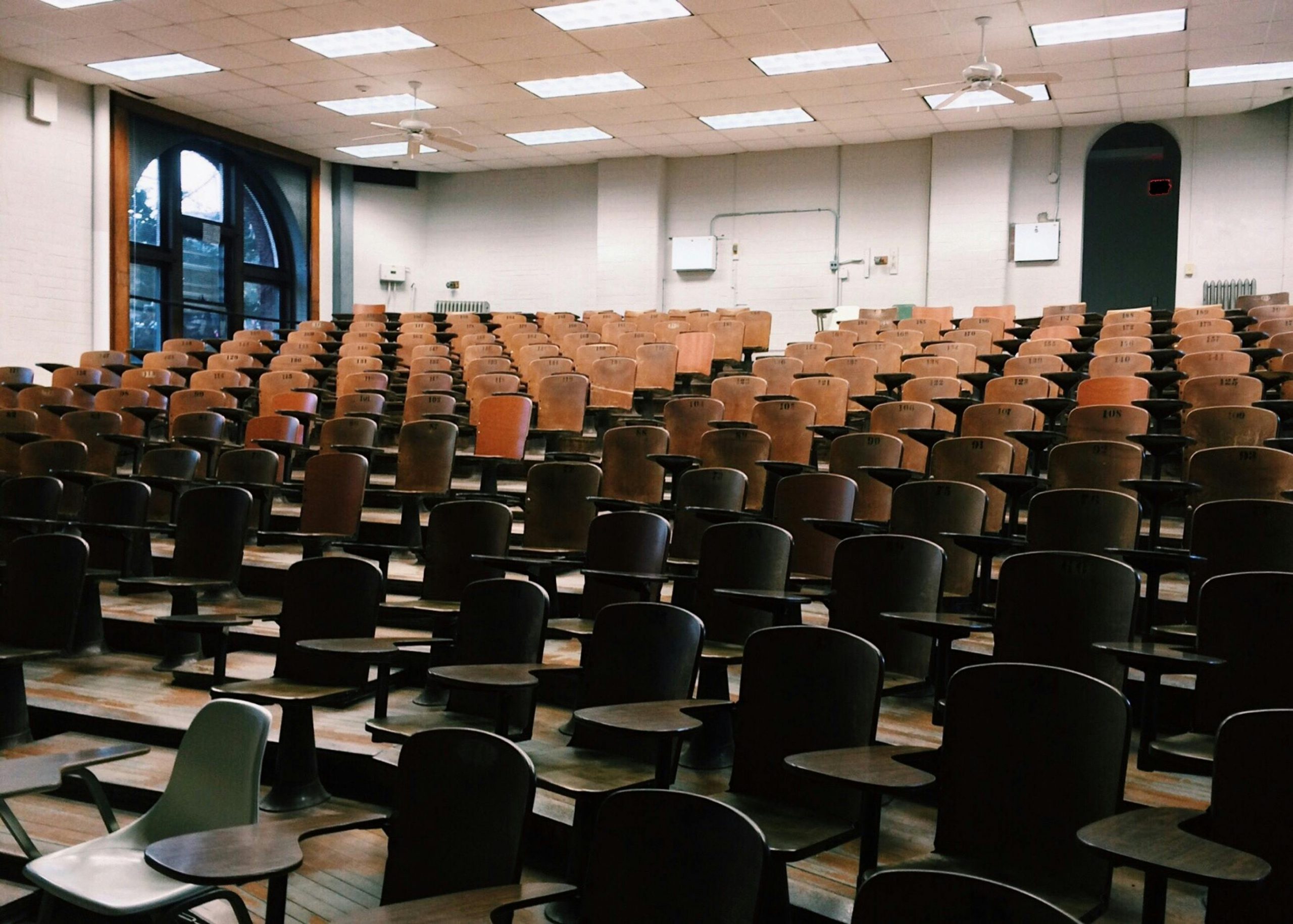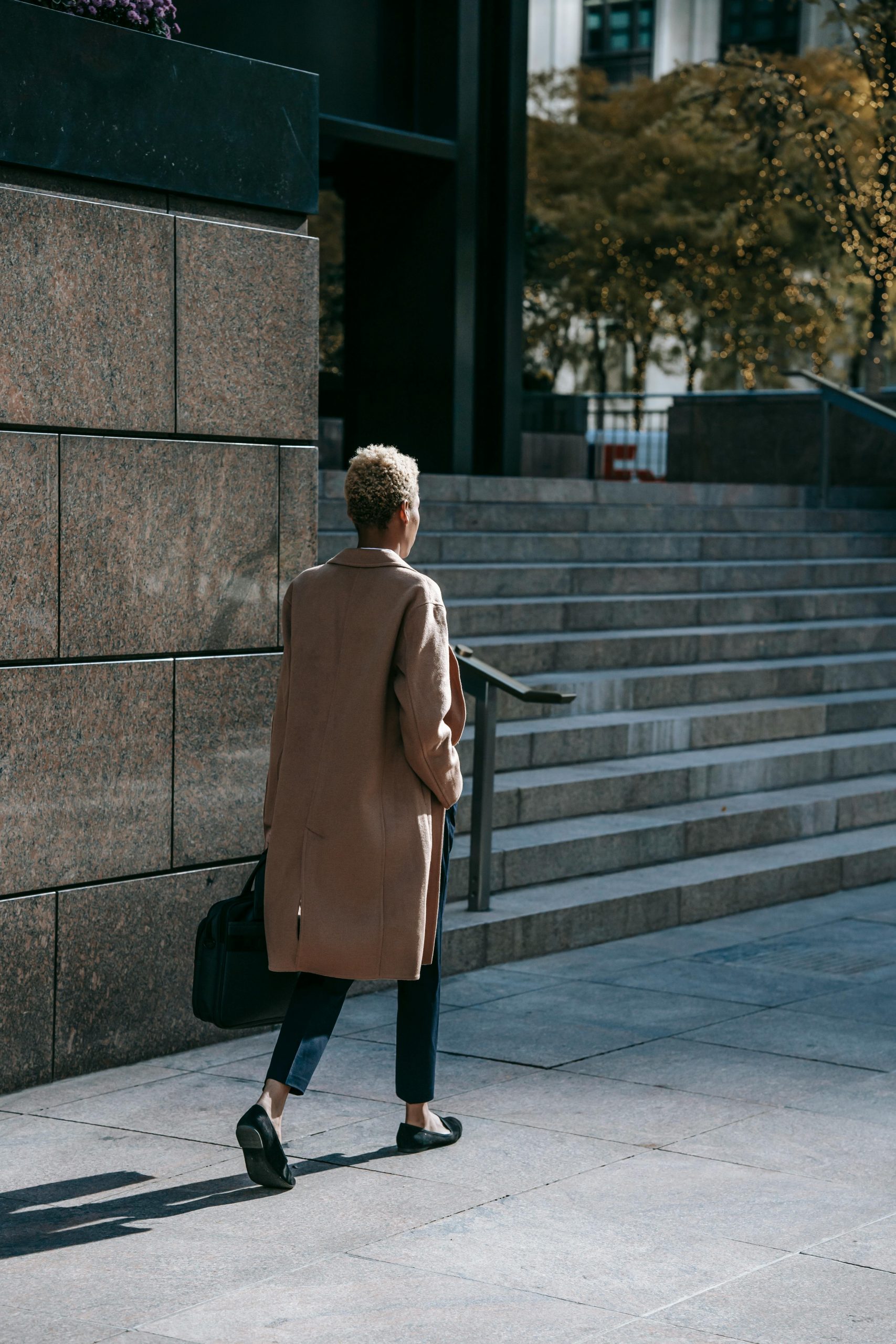
An empty corporate office meeting room, with the empty, white chairs surrounding a table. Photo by Mikhail Nilov from Pexels under Pexels license.
The image of Asian Americans as “model minorities” seems to be ingrained in American culture. Asian Americans are painted as high-achieving minorities who have overcome racial discrimination to reach the same heights as, or even exceed white Americans. This model minority framing, a so-called “positive stereotype,” disguises the discrimination that Asian Americans face within professional employment. How is it that Asian Americans can occupy some of the most desirable jobs but never move up the ranks? The overrepresentation of Asian Americans in fields like tech, law, and business but underrepresentation in leadership positions represents the paradoxical discrimination of the “bamboo ceiling” that Asian Americans continually bump against.
The Limits of Asian American Success
The image of the model minority is double-sided: on the one hand, it upholds Asian Americans as hard-working and model employees; on the other hand, it portrays Asian Americans as meek and subservient. This stereotype, in other words, creates the bamboo ceiling, which is where Asian Americans are perceived as ideal entry-level workers and unable to be creative or assertive in the manner needed for leadership, preventing them from reaching high-ranking positions.
- Chin, Margaret. 2020. Stuck: Why Asian Americans Don’t Reach the Top of the Corporate Ladder. New York, NY: New York University Press.
- Shao, Di. 2023. “Is There a Bamboo Ceiling? The Asian-White Gap in Managerial Attainment for College-Educated Workers.” Sociology of Race and Ethnicity 9(1).
- Gu, Chien-Juh. 2015. “Racial Glass Ceilings, Gendered Responses: Taiwanese American Professionals’ Experiences of Otherness.” Sociological Focus 48(2).
Navigating the Professional Workplace
In addition to confronting cultural stereotypes that limit their advancement, in spaces that are dominated by white leadership, minoritized people are regularly pressured to “assimilate” or adjust how they display their ethnic and racial identities. Some Asian Americans experience microaggressions or being “othered” in the workplace. These might include “being mistaken for other Asian Americans [or] hearing culturally insensitive comments about ethnic names, food, culture, or language” (Huang 2020).
- Chow, Tiffany Y. 2023. “Privileged but Not in Power: How Asian American Tech Workers Use Racial Strategies to Deflect and Confront Race and Racism.” Qualitative Sociology 46(1).
- Min, Pyong Gap, and Rose Kim. 2000. “Formation of Ethnic and Racial Identities: Narratives by Young Asian-American Professionals.” Ethnic and Racial Studies 23(4).
The Intersections of Gender and Race
However, Asian American workplace discrimination does not only relate to race. Studies interviewing Asian Americans have demonstrated that what Asian Americans navigate is not just racism but how racism interacts with other identities such as gender. For example, some Asian American women receive comments about “looking young”, which influences how seriously they are taken in comparison to their male colleagues. These intersecting identities are not only sources of discrimination, they can be important components of how the workplace shapes Asian American racial and ethnic identities as well.
- Huang, Tiffany J. 2021. “Negotiating the Workplace: Second-Generation Asian American Professionals’ Early Experiences.” Journal of Ethnic and Migration Studies 47(11).
- Tinkler, Justine, Jun Zhao, Yan Li, and Cecilia L. Ridgeway. 2019. “Honorary Whites? Asian American Women and the Dominance Penalty.” Socius 5.
- Vo, Tiffanie, Cyrus Schleifer, and Peyman Hekmatpour. 2023. “Asian Americans and Income Inequality: Disparities Between and Within Racial, Ethnic, and Gender Groups.” Sociological Perspectives 66(6).









